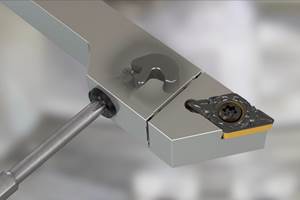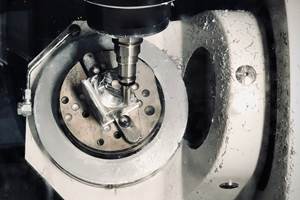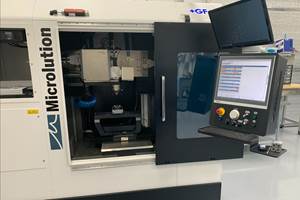For Large-Part Machining, Five-Axis Capabilities Prove Essential to Staying Competitive
Metalcraft of Mayville’s old milling machine for large parts failed just when the company began seeing increased pressure to take on projects requiring more flexibility and capabilities. Two five-axis HMCs from Toyoda helped the company stay in step with the trend.
Share





Metalcraft of Mayville, Wisconsin, is known by many as the manufacturer of Scag Power Equipment brand commercial lawn mowers; but at the company’s 230,000-square-foot West Bend facility, staff also maintain large-scale welding and fabrication operations for other OEM customers like John Deere, Oshkosh Truck, Lockheed Martin and Caterpillar. As large-part contracts became available, adding greater machining capabilities over just traditional fabrication services proved to be crucial to remain competitive.
At the point of decision, Metalcraft was using an old milling machine that was neither keeping up with customer demand nor machining to required tolerances. But things got worse: The machine went down for eight months, prompting the shop to pay a premium for outsourced work that could have been done in house. A $140,000 quote for repairs to get the operation up and running again sent Metalcraft looking for alternative machines.
The company decided to buy a pair of Toyoda FH1250SX-5Axis horizontal machining centers. Despite primarily machining large weldments, the machines’ five-axis capabilities halved the number of operations and setups required by the traditional three- and four-axis processes. These machines — designed for complex, tight-tolerance, large-part machining — would also meet the demands of Metalcraft’s high-profile clients for equipment capable of handling large workpieces with maximum flexibility.
“We cut a bunch of different, mostly tougher, steel alloys made to withstand falling objects. Running these parts through the Toyodas was actually the easiest and most profitable,” says John Grotelueschen, Metalcraft’s machining manager who supervises the operation of over 20 large CNC machining centers. The Toyoda machines come equipped with either a 10,000- or 15,000-rpm integral tilting spindle with rapid feed rates of 1,260 ipm (32 m/min.) on the X and Y axes and 1,654 ipm (42 m/min.) on the Z axis. “The installation of these machines couldn’t have gone any smoother,” Mr. Grotelueschen adds. “I have been in the industry for over 30 years and overseen upwards of 20 installs. This was the easiest install I’ve ever been involved with.”
Right off the bat, Metalcraft was running jobs for five different clients with the Toyoda machines. The FH1250SX-5Axis was able to handle the size and scope of work while maintaining target lead times. “For Caterpiller we are manufacturing large, front assembly radiator guards — cutting the metal, welding it, building the assembly and re-machining the full assembly,” Mr. Groteleuschen explains, “and for Deere, we make the tie rod for the four-wheel-drive tractors. It is almost 10 feet long, and we flame cut, machine, paint and send it back to them. We also manufacture their cab mounts. We need the accuracy of these machines. These parts are a couple thousand dollars each.”
Adding machining as a core competency, Metalcraft got a leg up on its competition, especially as customers began pushing for “the full production package.” One of these requirements is high-speed machining, which the shop was not able to do before buying the Toyoda machines. By speeding up machining and eliminating setups thanks to five-axis and five-sided machining capabilities, Metalcraft has dramatically reduced cycle times and rework.
For Mr. Grotelueschen, the machines’ accuracy supports these benefits: “The accuracy on the machines is fantastic. We need accuracy when we are working with high-cost parts,” he says. “The Toyodas are very precise and consistent in production. They easily do what we couldn’t achieve by other means.”
“There are tools that have been on [the machines] since the beginning that I haven’t had to change, which is unusual for a machine of that size and application.”
Another benefit Mr. Grotelueschen notes has to do with tool life, which is another area in which overall costs can be affected. “There are tools that have been on [the machines] since the beginning that I haven’t had to change, which is unusual for a machine of that size and application,” he says. In short, he says, Metalcraft is replacing fewer tools, less often. With the FH1250SX-5Axis’s range of five-axis capabilities, the company no longer needs expensive specialty tools for specific jobs.
Metalcraft may have started as a fabrication and welding company, but the Toyoda HMCs have helped the company diversify: a task many shops are increasingly facing.
Related Content
Lean Approach to Automated Machine Tending Delivers Quicker Paths to Success
Almost any shop can automate at least some of its production, even in low-volume, high-mix applications. The key to getting started is finding the simplest solutions that fit your requirements. It helps to work with an automation partner that understands your needs.
Read MoreQuick-Change Tool Heads Reduce Setup on Swiss-Type Turning Centers
This new quick-change tooling system enables shops to get more production from their Swiss turning centers through reduced tool setup time and matches the performance of a solid tool.
Read MoreHow to Successfully Adopt Five-Axis Machining
While there are many changes to adopt when moving to five-axis, they all compliment the overall goal of better parts through less operations.
Read MoreWhere Micro-Laser Machining Is the Focus
A company that was once a consulting firm has become a successful micro-laser machine shop producing complex parts and features that most traditional CNC shops cannot machine.
Read MoreRead Next
Registration Now Open for the Precision Machining Technology Show (PMTS) 2025
The precision machining industry’s premier event returns to Cleveland, OH, April 1-3.
Read MoreWhy We Ask Machine Shop Leaders to Speak at TASC – The Automated Shop Conference
TASC is our industry’s premier peer-to-peer automation stage where America’s shop leaders refine the art of metalworking and CNC machining. For conference speakers, it's also an opportunity to showcase your skills and gain exposure for your business. Here are five why stepping into the spotlight at TASC could be your smartest move toward elevating your shop.
Read MoreSetting Up the Building Blocks for a Digital Factory
Woodward Inc. spent over a year developing an API to connect machines to its digital factory. Caron Engineering’s MiConnect has cut most of this process while also granting the shop greater access to machine information.
Read More
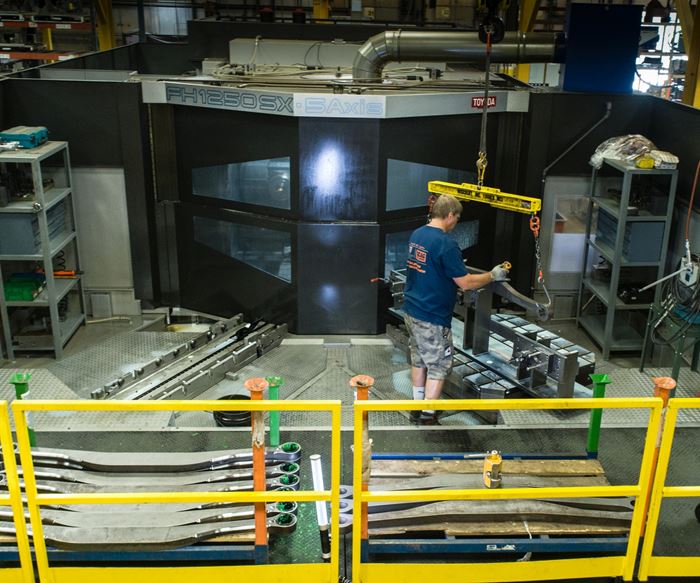
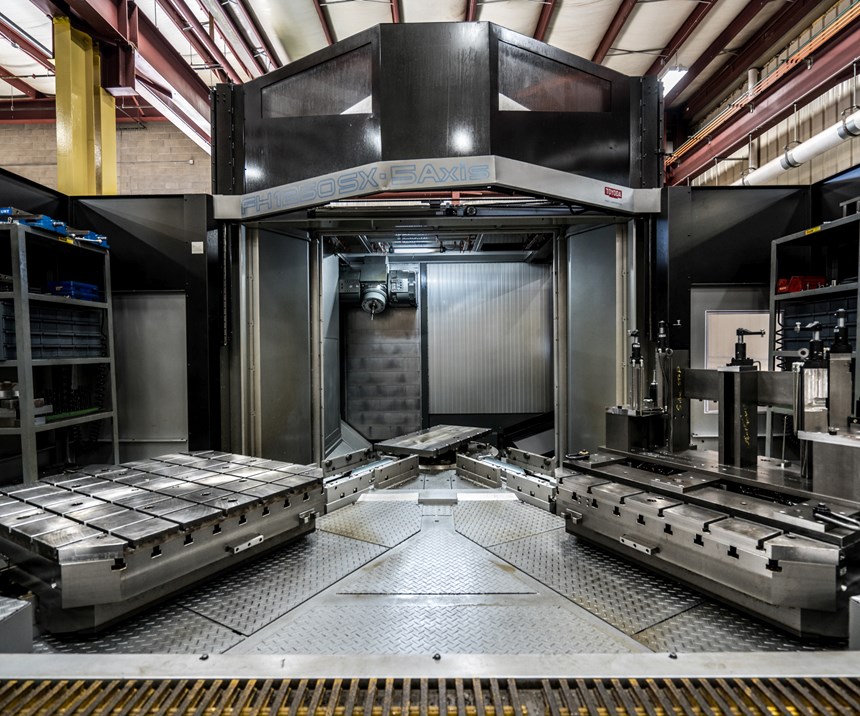
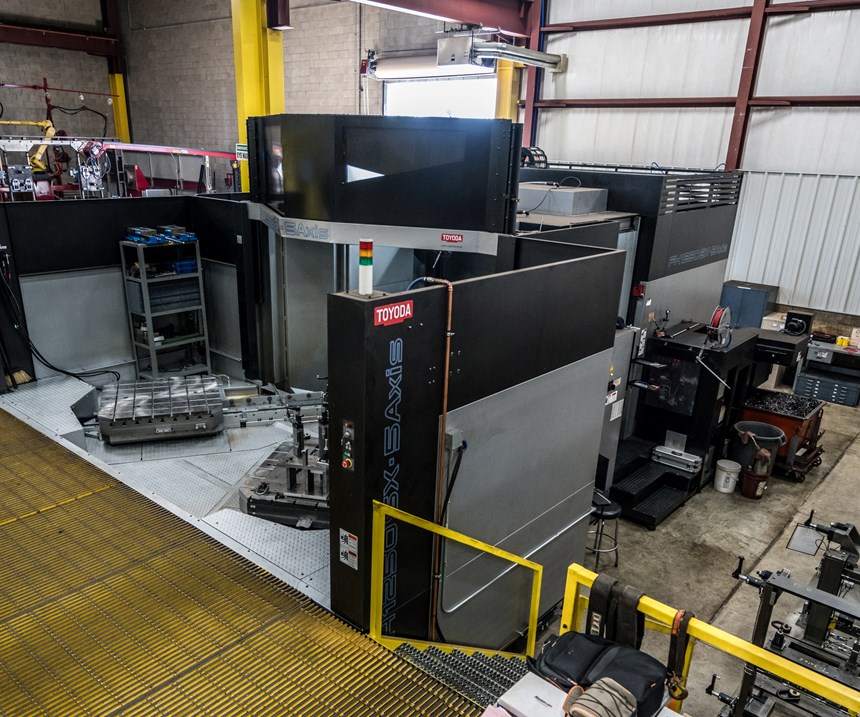














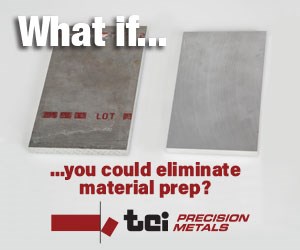




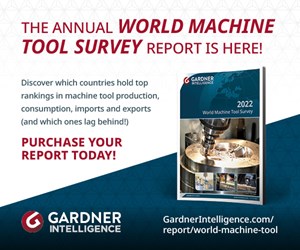

.jpg;maxWidth=300;quality=90)

